Chez Alpha Reproduction, nous croyons que certains lieux ont le pouvoir de révéler l’âme d’un artiste. Pour Claude Monet, ce lieu fut Giverny, petit village niché en Normandie, où nature et lumière s’unissent dans une poésie silencieuse. C’est ici, entre le jardin de Claude Monet, son atelier baigné de soleil, et la maison aux volets verts, que le maître de l’impressionnisme a trouvé son paradis terrestre.
As the seasons change, the flowers of Giverny have transformed into unforgettable canvases: floating water lilies, mirror pond, curved Japanese bridge over water... every detail of his Claude Monet water garden becomes painting, every light a thrill. Giverny is not just a backdrop: it is Monet's living work, an intimate sanctuary that his brushes have continually celebrated.
In this article, let's explore together the magic of Claude Monet in Giverny, through his plant universe, his artistic genius, and the treasures he left us – and discover how these masterpieces can also illuminate your interior.
🕰️ Claude Monet and Giverny: A decisive meeting
C’est en 1883 que Claude Monet découvre par hasard le village de Giverny, lors d’un voyage en train entre Vernon et Gasny. Séduit par la lumière douce, les paysages vallonnés et la tranquillité des lieux, il décide d’y poser ses valises avec ses enfants et sa compagne Alice Hoschedé. Ce choix marquera un tournant fondamental dans sa carrière.

Settled in a large half-timbered house that he first rented and then bought, Monet undertakes to shape his own world. From a simple orchard, he creates an impressionist garden, bursting with colors, exotic floral varieties, and especially designed as a source of living inspiration.
À partir de 1893, il fait creuser un bassin aux nymphéas et y installe le célèbre pont japonais Monet, influencé par son intérêt pour l’art asiatique. Ce jardin d’eau Claude Monet, conçu par l’artiste lui-même, devient son atelier en plein air, un espace de méditation où les Nymphéas de Giverny prendront vie dans des dizaines de variations sublimes.

This intimate link between Claude Monet and Giverny Normandy goes beyond the simple framework of residence. It is here that the artist develops his purest pictorial language, in harmony with the colors of Giverny, the moving reflections of water, and the vegetal silence. The Monet foundation today preserves this unique place where nature and art become one.
🎨 Giverny on canvas: the artistic alchemy of Claude Monet
In Giverny, Monet does not just paint landscapes: he captures the passage of time, the changing light, the vibrations of water and wind on the foliage. These are no longer places, but sensations, translated into Monet's impressionist canvases of unparalleled depth.
Ses plus célèbres compositions – les Nymphéas, le Pont japonais, ou encore le bassin aux nymphéas – s’affranchissent peu à peu de toute perspective classique. Le cadrage se fait audacieux, la surface picturale devient presque abstraite, annonçant les prémices de l’art moderne. Dans chaque peinture du jardin de Monet, on ressent une quête d’épure, un désir de communion avec la nature.
Monet said: “I want to paint what I feel in front of nature.” This sensitivity finds its ideal ground in Giverny. The water becomes a mirror of the sky, the colors of Giverny – water green, pale lilac, diffused pink, pearly white – blend into an almost musical harmony.
It also highlights the importance of the series: Monet painted the paintings of Giverny at different times of the day, in changing light conditions. This repetitive yet never identical approach reveals the strength of his gaze: patient, meditative, organic.
Even today, each masterpiece of Monet born in Giverny is an open window to a world of calm and pure beauty, between tangible reality and impressionist dream.
🌺 Between silence and light: emotion and symbolism at Giverny
Les œuvres que Claude Monet réalise à Giverny ne sont pas de simples représentations du réel. Elles sont des états d’âme peints, des fenêtres sur l’intériorité d’un artiste vieillissant, contemplatif, souvent en quête de paix. Son jardin d’eau, qu’il a patiemment façonné, devient le théâtre de cette introspection silencieuse.
Each flower of Giverny, every leaf brushed by the wind, every trembling reflection on the pond is a symbol of ephemerality, of natural cycle, of life in perpetual transformation. The water lilies and water garden, recurring motifs in his late work, express a deep meditation on time, mourning, light, and the ephemeral.
Loin du pittoresque, Claude Monet cherche à saisir une émotion pure. Il ne peint pas pour raconter, mais pour évoquer. Son inspiration florale est nourrie par l’observation patiente de la nature, mais aussi par une émotion universelle qu’il transmet avec humilité.

This intimate link between art and nature in Giverny Normandy makes its garden a work of art in itself – a bucolic atmosphere that its canvases convey without words, simply through the language of colors and light. By contemplating a Monet floral landscape, we encounter our own inner silence.
🖼️ How to integrate Giverny at home: decoration and gift ideas
Giving or treating oneself to a work by Claude Monet inspired by Giverny is to invite a soothing, poetic, and timeless atmosphere into one's home. Thanks to the harmony of its colors and the softness of its shapes, a reproduction of the Water Lilies or the Japanese bridge transforms any space into a haven of serenity.
In a bright living room, a Claude Monet Giverny painting catches the eye and calms the mind. In a bedroom, it promotes relaxation and escape. In an office or a meditation space, its fluid lines encourage concentration and tranquility. The mural impressionist art, with its delicacy, adapts to all atmospheres: minimalist, classic, or contemporary.
These floral works are also magnificent gift ideas: for a birth, a wedding, a retirement, or a symbolic moment in life. A decorative floral work by Monet, chosen with care, has the power to evoke lasting emotions, to mark a memory while beautifying a place.
The impressionist style for living rooms is now highly sought after by lovers of refined decoration. It creates a natural and bright atmosphere, where the beauty of the garden extends to the walls. Nothing is more elegant than bringing the house and gardens of Giverny into your daily life.
🖌️ Monet oil reproduction: the elegance of Giverny in your hands
At Alpha Reproduction, we are committed to bringing the masterpieces of art history back to life in their most noble form: hand-painted, in oil, on canvas, by exceptional copyist artists. It is with this requirement that we recreate the most beautiful scenes of Claude Monet in Giverny.
Each Monet oil reproduction captures the light, softness, and sensitivity of the originals. The water lily pond, the Japanese bridges, the colors of Giverny: everything is faithfully reproduced, with a vibrant texture and a depth that only oil painting can offer.
Our reproductions come with a certificate of authenticity, and can be customized in the format and framing of your choice. Do you dream of a large canvas for your dining room? Or a more intimate format for a reading nook? Every project is unique, and our advice is here to guide you.
Offering a painted reproduction of Claude Monet's garden is to bring an instant of eternity into your home. It is also to pass on an artistic heritage, to offer a lasting emotion, and to beautify your daily life with elegance.
❓ FAQ – Everything you need to know about Claude Monet in Giverny
Where is Claude Monet's house located?
The house of Claude Monet is located in Giverny, in Normandy, about 75 km from Paris. This iconic place, surrounded by lush gardens, is open to the public and is a must-visit for art and nature lovers.
What to do in Giverny for an artistic visit?
Among the must-do activities:
– Visit the Monet House and its gardens
– Explore the Claude Monet Water Garden and the famous Japanese bridge
– Discover the Museum of Impressionisms Giverny
– Stroll through the village of Giverny to soak up its artistic atmosphere
What famous paintings did Monet create in Giverny?
The major works created in Giverny include:
– The Water Lilies of Giverny
– The Water Lily Pond
– The Japanese bridge
– Many paintings of Monet's garden and floral impressionist paintings
What is the best season to visit Giverny?
The spring (April to June) and the beginning of autumn are ideal for admiring the flowers of Giverny in full bloom and enjoying the most intense colors of Giverny. The best season for Giverny will depend on your preferences: tulips in spring, water lilies in summer, or golden foliage in autumn.
Can we buy a reproduction of the Water Lilies?
Yes, at Alpha Reproduction, you can order a reproduction of the Water Lilies, hand-painted, on canvas, with customizable size and framing. Each piece comes with a certificate of authenticity and a premium finish.
🌿 Conclusion – What if Giverny came into your home?
Claude Monet in Giverny is much more than a chapter in art history. It is a world suspended between reality and daydream, between nature and emotion, between silence and light. His paintings created in Giverny continue, even today, to resonate with art lovers, decoration enthusiasts, and souls in search of pure beauty.
By choosing a hand-painted reproduction of the garden of Claude Monet, you bring into your home the poetry of Giverny, its vegetal harmony, its pictorial tenderness. You create a space conducive to calm, contemplation, and emotion.

🌸 Treat yourself (or gift a loved one) a timeless masterpiece :
✨ Oil painting reproduction on canvas
📜 Certificate of authenticity provided
🖼️ Custom sizes and frames
🎁 Symbolic and elegant gift idea
➡️ Order your Monet Giverny painting today and transform your home into a living work of art.
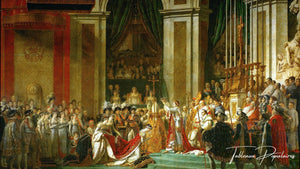
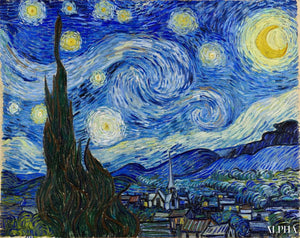
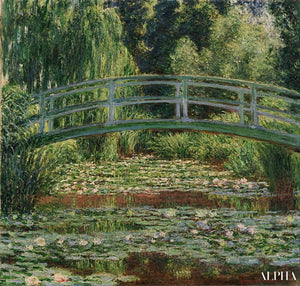
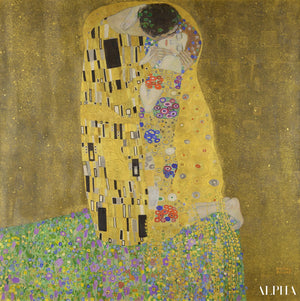
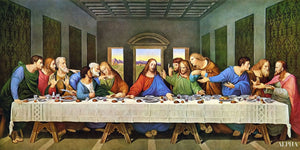
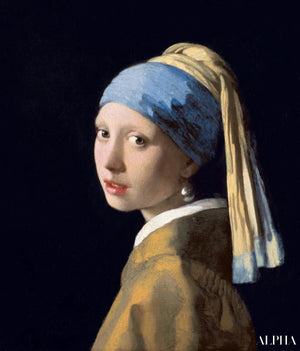
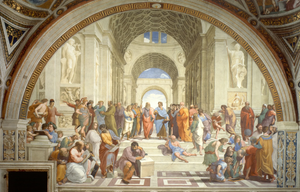
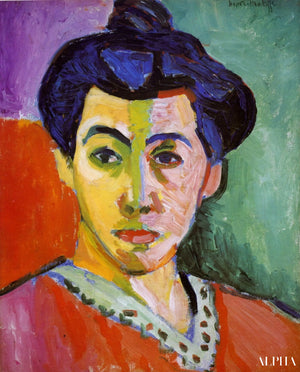
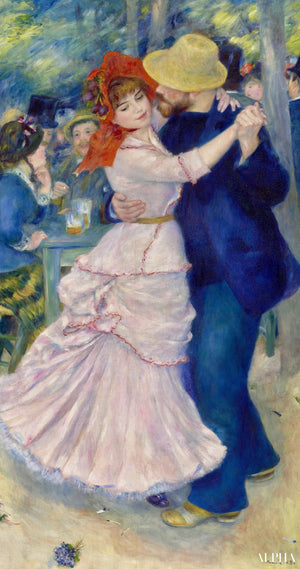
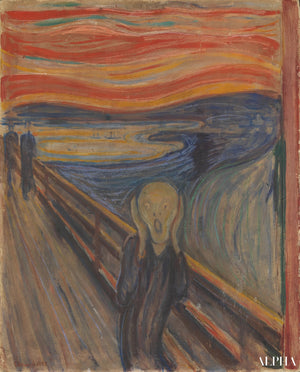
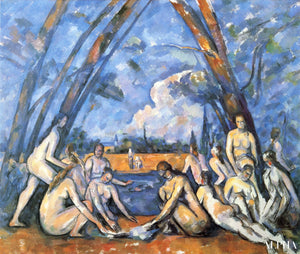
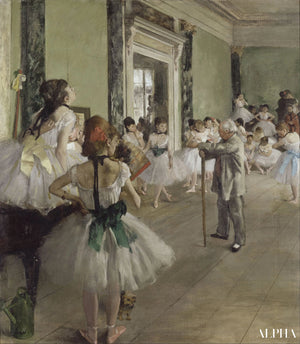
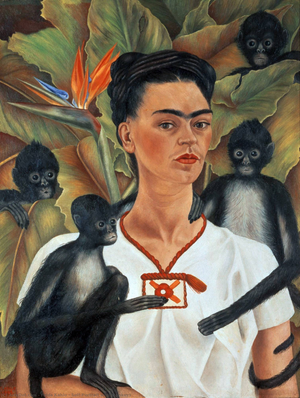

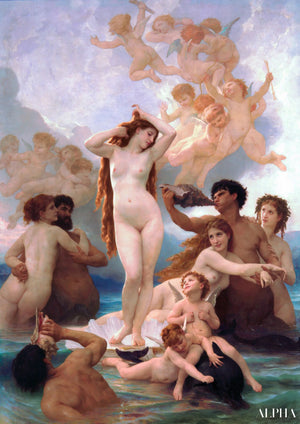
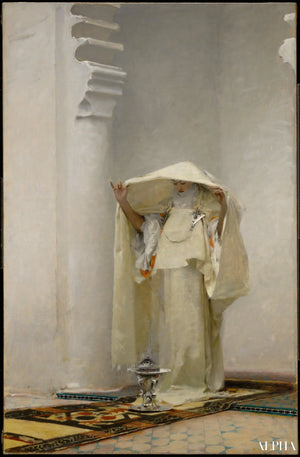
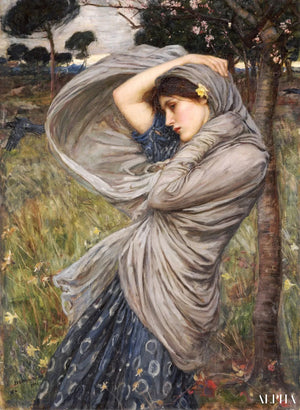


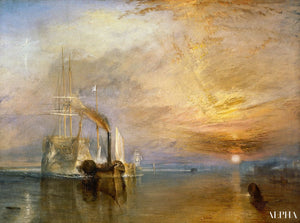



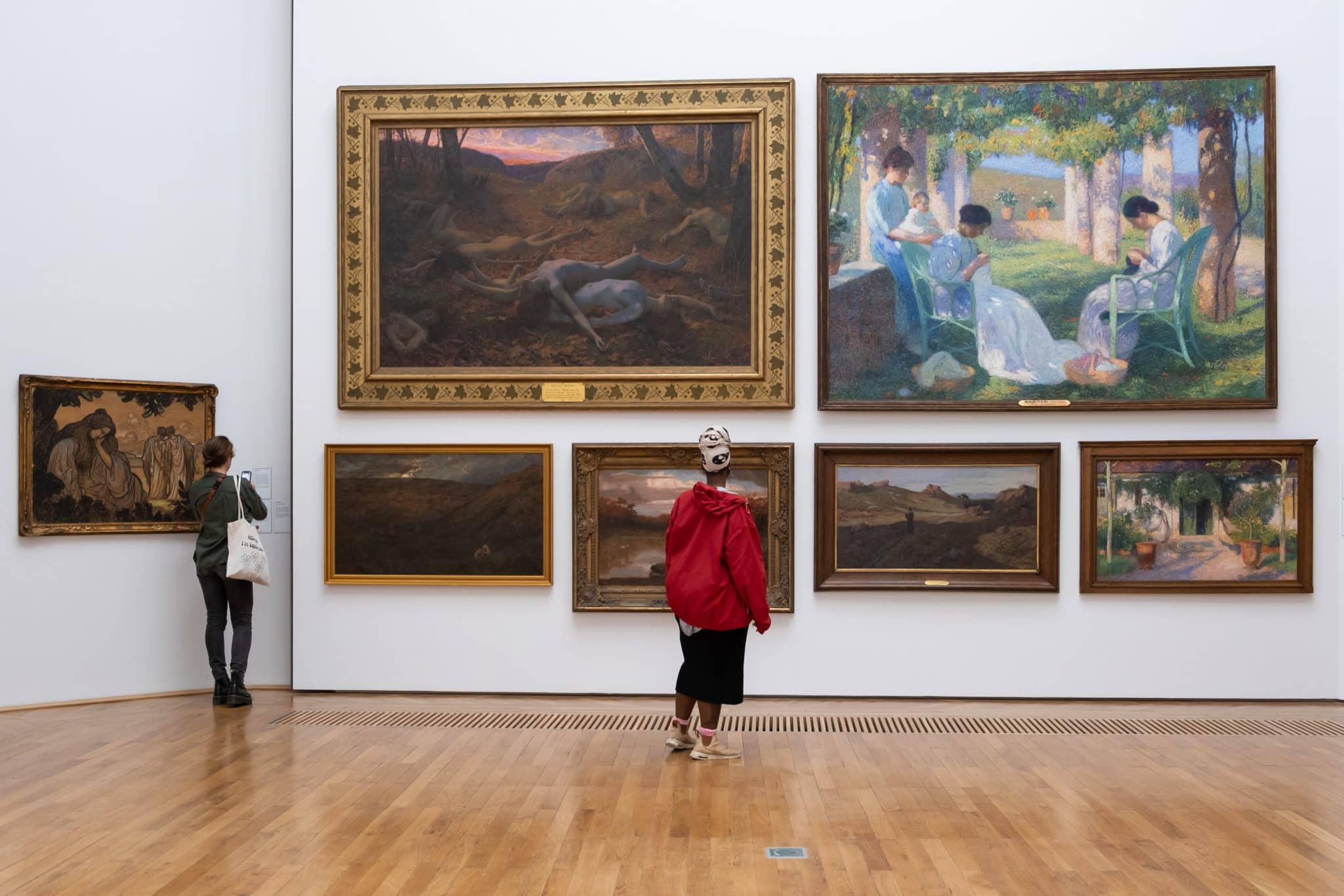
0 comments